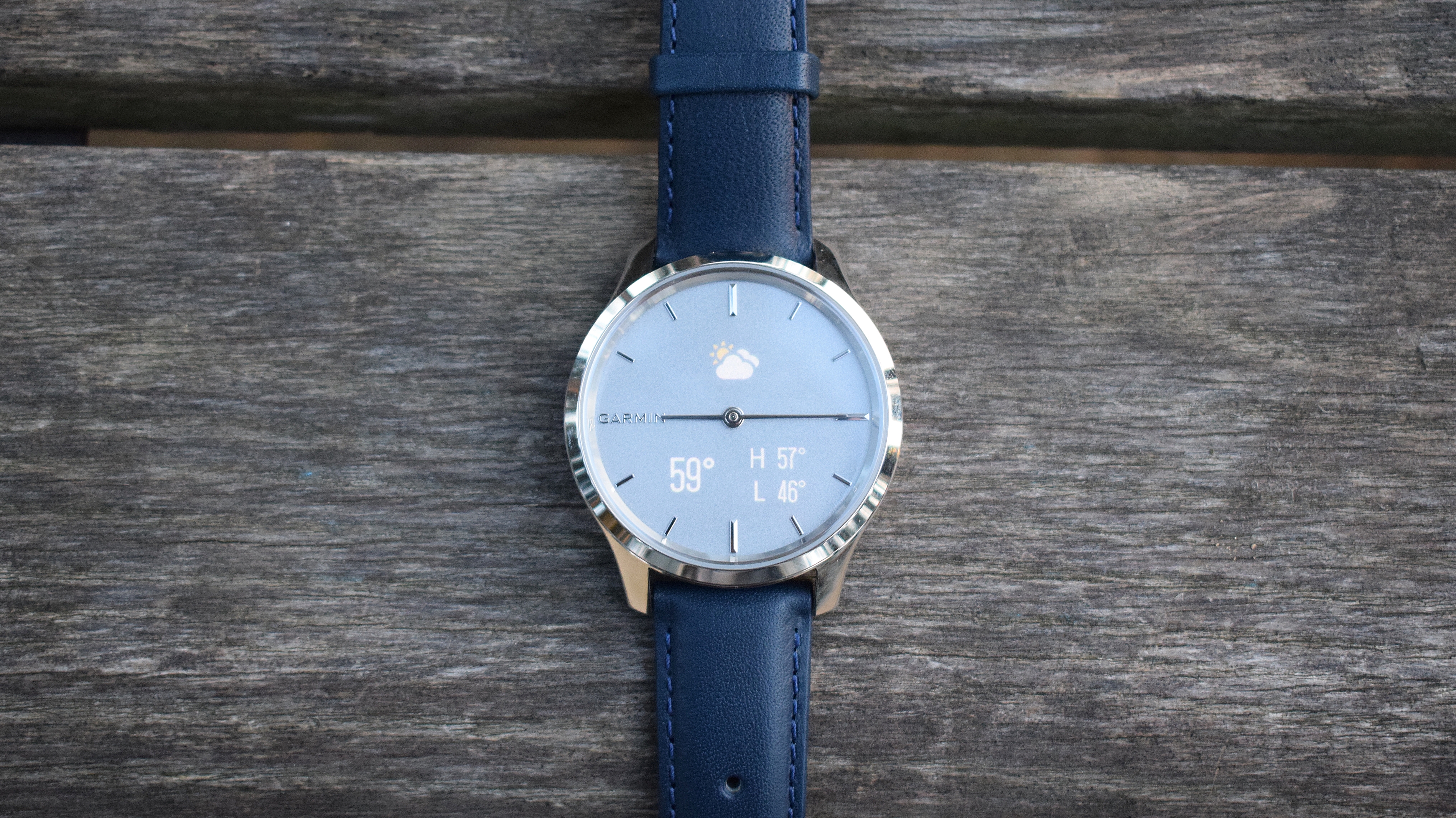Why you can trust TechRadar
Features and health
- Has a heart rate monitor but no GPS
- Good for general health tracking, less suited to workouts
- Stress tracking proved useful
The problem with a luxury watch like the Garmin Vivomove Luxe is that it doesn’t feel like a watch built for intense exercise. The Luxe has 50-meter water resistance for swimming, and an optical heart rate sensor on the back for all-day tracking, but there’s no built-in GPS.
You can run with it, sure – the watch can latch onto your phone’s GPS for tracking - but if that’s your primary reason to buy a new smartwatch, we would point you elsewhere. The first reason for that is that the Luxe is a little heavy. Second, none of the strap options are appropriate for exercise unless you like the idea of sweat-soaked leather on your wrist.
You could swap out the band for a more fitness-friendly silicone, but you’ll have to source that separately, either from Garmin’s store or elsewhere; the Luxe works with industry-standard 20mm quick-release bands.
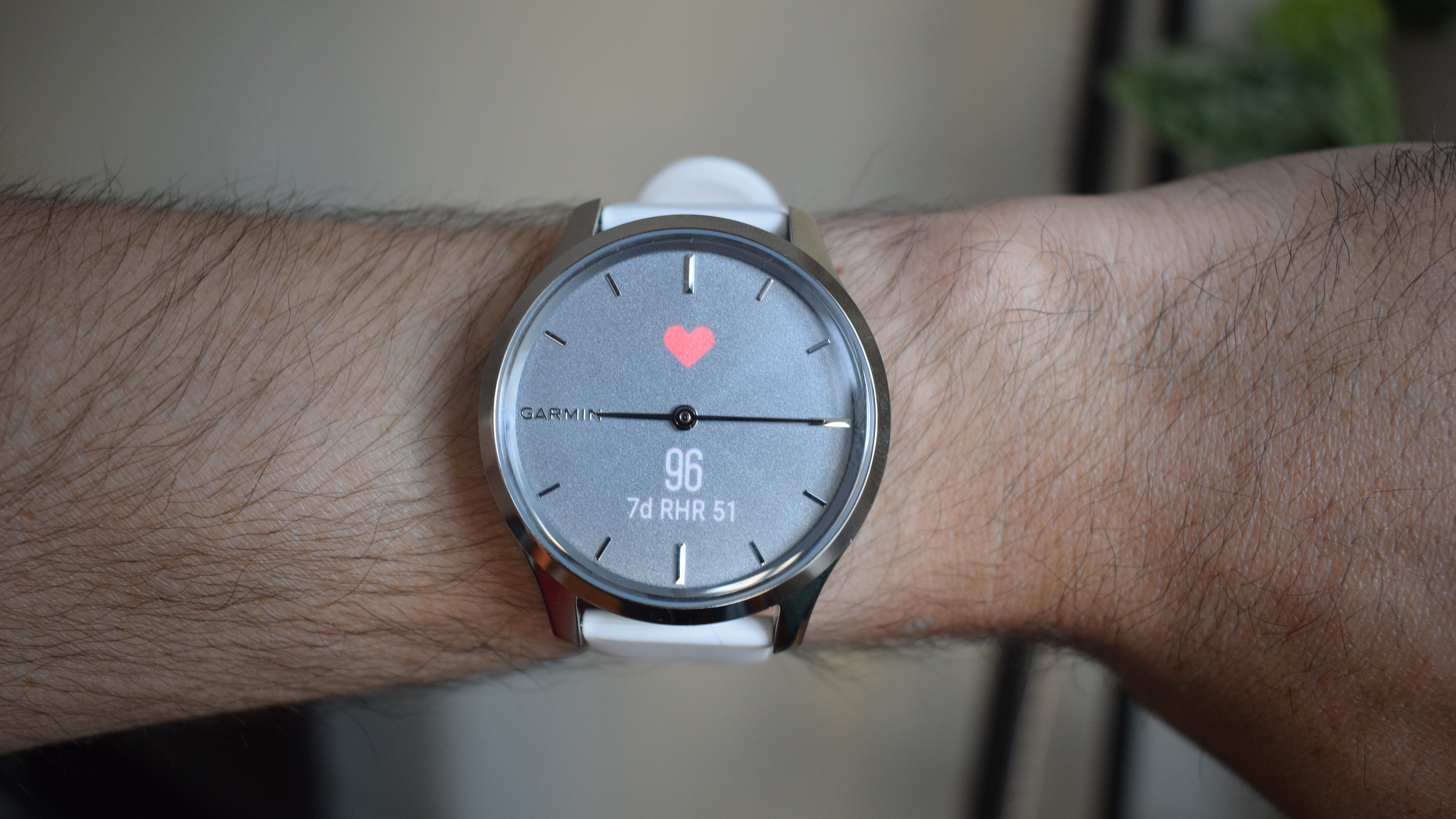
We did exactly that and swapped out the leather band for a third-party silicone option to run in. We wanted to see how the Luxe fared as a running companion, so we tested it against both the Polar H7 chest strap and the Fitbit Versa 2.
It did a good job holding a steady pace, but during some interval bursts at the end the Garmin didn’t quite peak with the chest strap, registering a max heart rate of 175 bpm while both the Polar and the Versa 2 read 179 bpm.
Still, the average was pretty close and it wasn’t off enough to discredit the Luxe as a running companion entirely; but again, we don’t think it’s really made for that, and for those who do want a running watch, Garmin has more than enough to offer elsewhere.
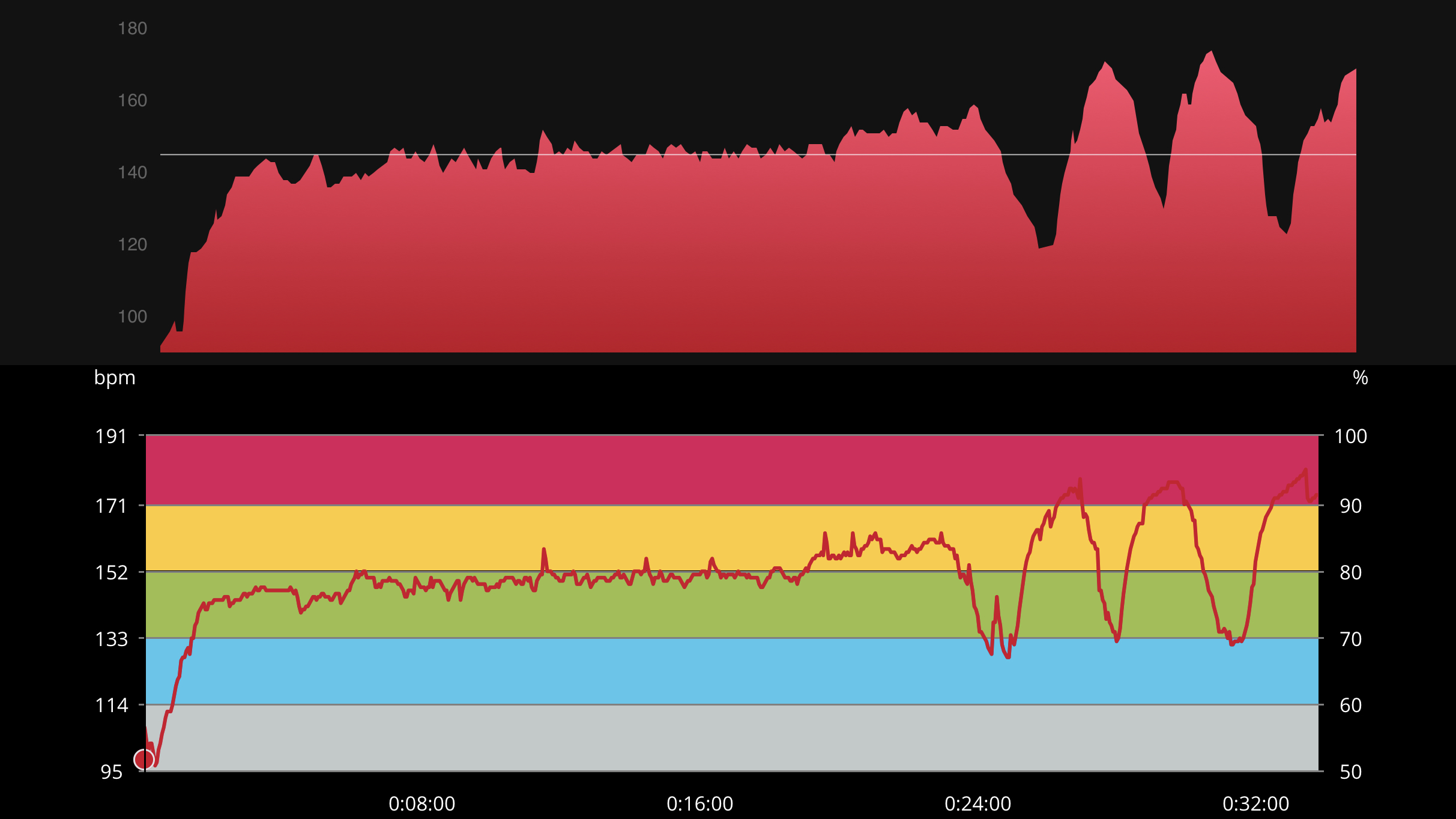
Instead, we think the Luxe is better for someone who wants that 24/7 health tracking, but not necessarily intense gym sessions. GPS aside, you get the full suite of Garmin health goodies here including sleep tracking, body battery measurement (which reads your body’s energy levels), pulse oximetry, and of course step tracking.
Oh, there’s also NFC support for Garmin Pay, which means you can pay with the watch without having to take your wallet out.
The problem here is that you have to enter a passcode, which on the Vivomove Luxe requires scrolling through digits like you’re unlocking a safe; a time-consuming and fiddly task when you’re standing at the checkout. At least you only have to enter the code once every 24 hours, or until you take the watch off.
The Garmin Vivomove Luxe supports activity tracking for walking, running, strength, pool swimming, and more. But again, if we're buying this as a luxury watch, then at most we might keep it on for a weights session or a bike ride.
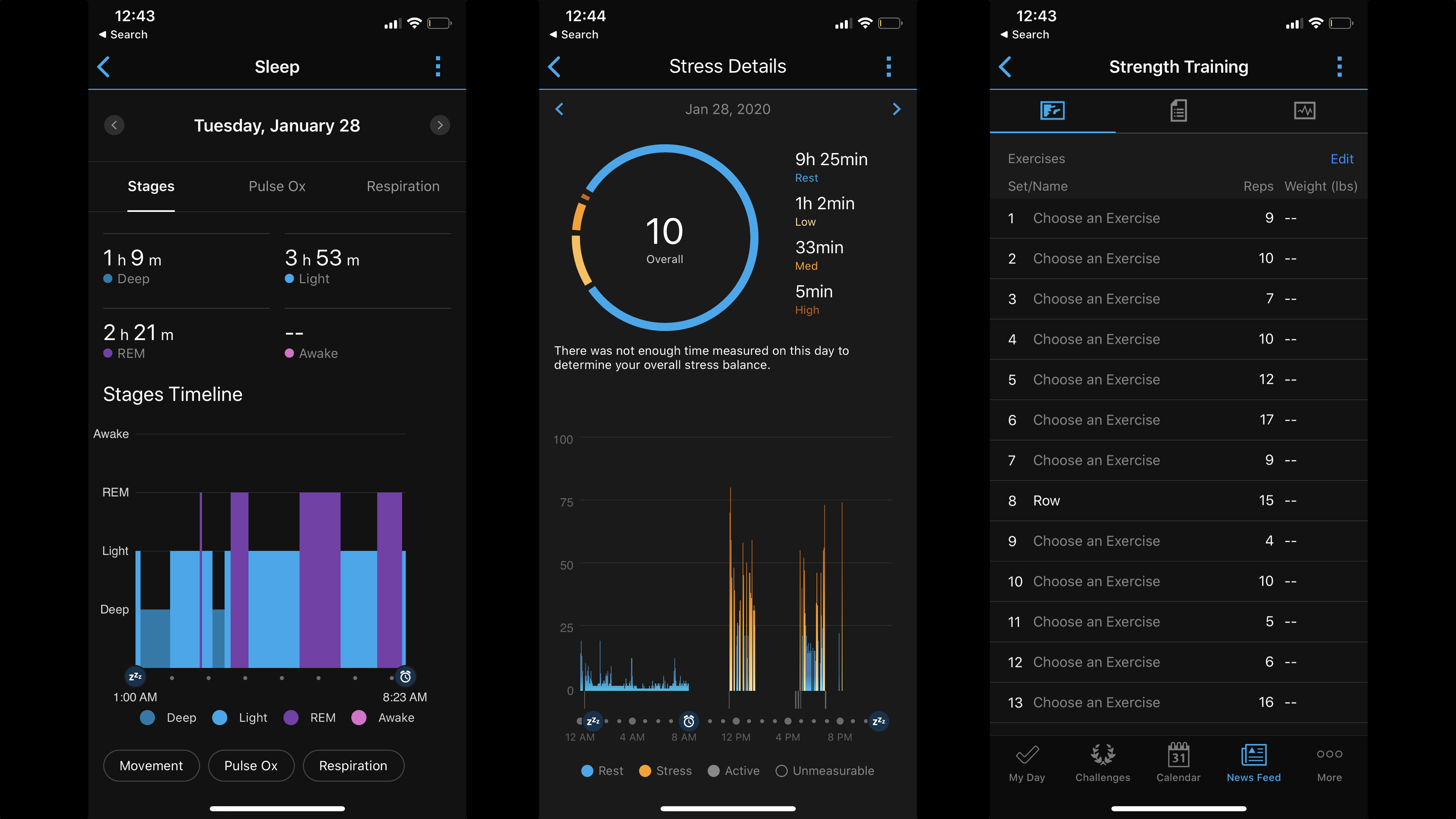
With that in mind, we decided to take the Luxe with us to the gym and try out its strength training mode, which has an optional rep tracking feature. Sadly, it turned out to be quite inconsistent.
The rep tracking was all over the place, sometimes spot on, sometimes being off as many as 6 reps at the end of a set. In a set of 10-15 reps, that’s a lot to miss. But if rep tracking isn’t super important to you, you’ll still get your calorie burn and heart rate data for a workout.
Sleep tracking has also proven uneven. Chiefly, it’s bad at detecting when we're awake. Take this example in the screen shown above (middle). We were up just before 8 o’clock but took the watch off to shower, and when we later checked the graph it had registered that idle time as a continuation of our sleep.
Fitbit is still well ahead of Garmin in terms of sleep tracking accuracy, however Garmin does now offer pulse ox tracking here too, although we're not convinced this is yet an entirely helpful feature.
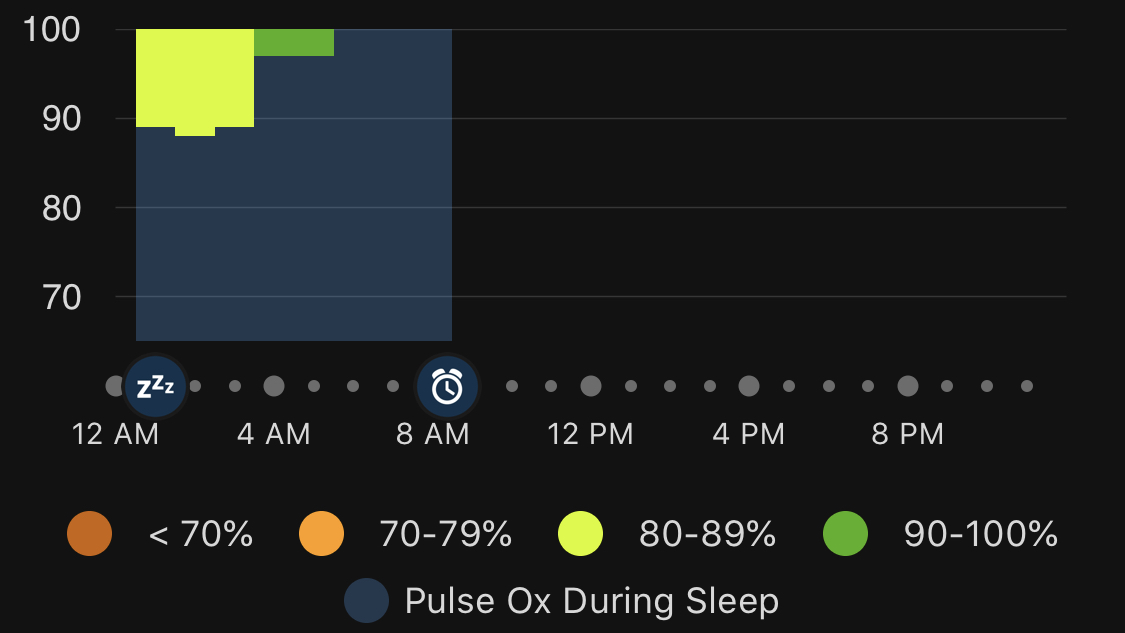
Measuring SpO2 during sleep can give insights into signs of sleep apnea, but until Garmin gets FDA clearance to diagnose this condition, it can only serve up a rather complicated-looking graph that most people will ignore. Pro tip: unless your oxygen levels are dipping dramatically and frequently during sleep, you’ve got no reason to be concerned.
Stress tracking is a little more helpful right now, and has been surprisingly insightful into our own stress levels. While reminiscing about anxiety spikes from the previous day might not sound all that useful, it can help pinpoint activities that might be causing you more stress than you realized.
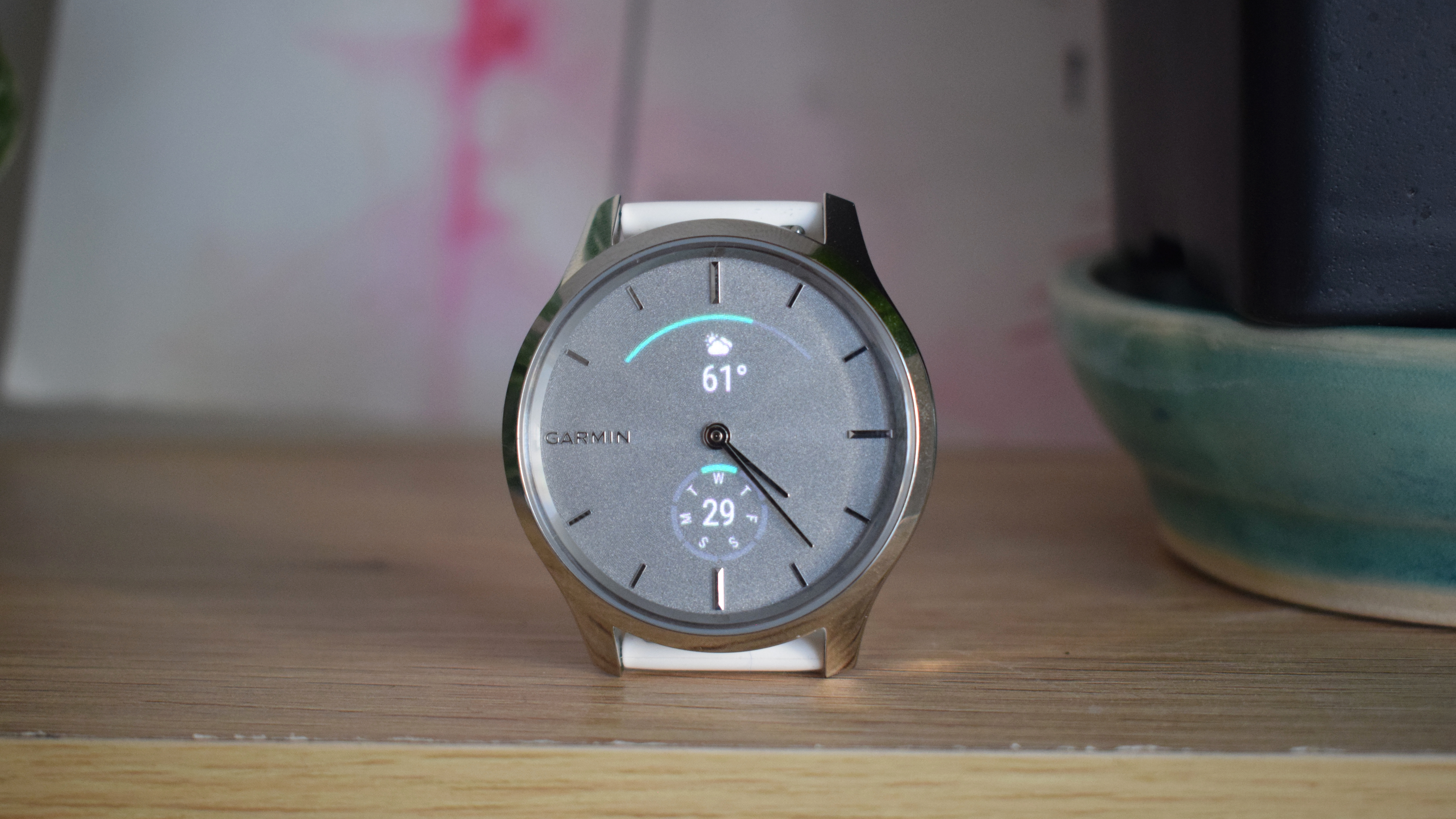
Battery life
- Around 5 days of life when using all features
- Up to 12 days in watch mode
Traditionally, one of the big benefits of a hybrid smartwatch is that it saves battery, but in the case of the Vivomove Luxe the life is much less than we'd hoped.
The Luxe will run for around five days with its smarts running, which is around the same as the Fitbit Versa 2, which uses a full display. You’ll get an additional week on top of that in watch mode, but that still feels incredibly low.
For comparison, the new Withings ScanWatch will run for 30 days in smart mode before needing a recharge. Granted, Garmin’s display is probably more intensive, but we’d have at least liked to see more distance in the 'basic' watch mode.
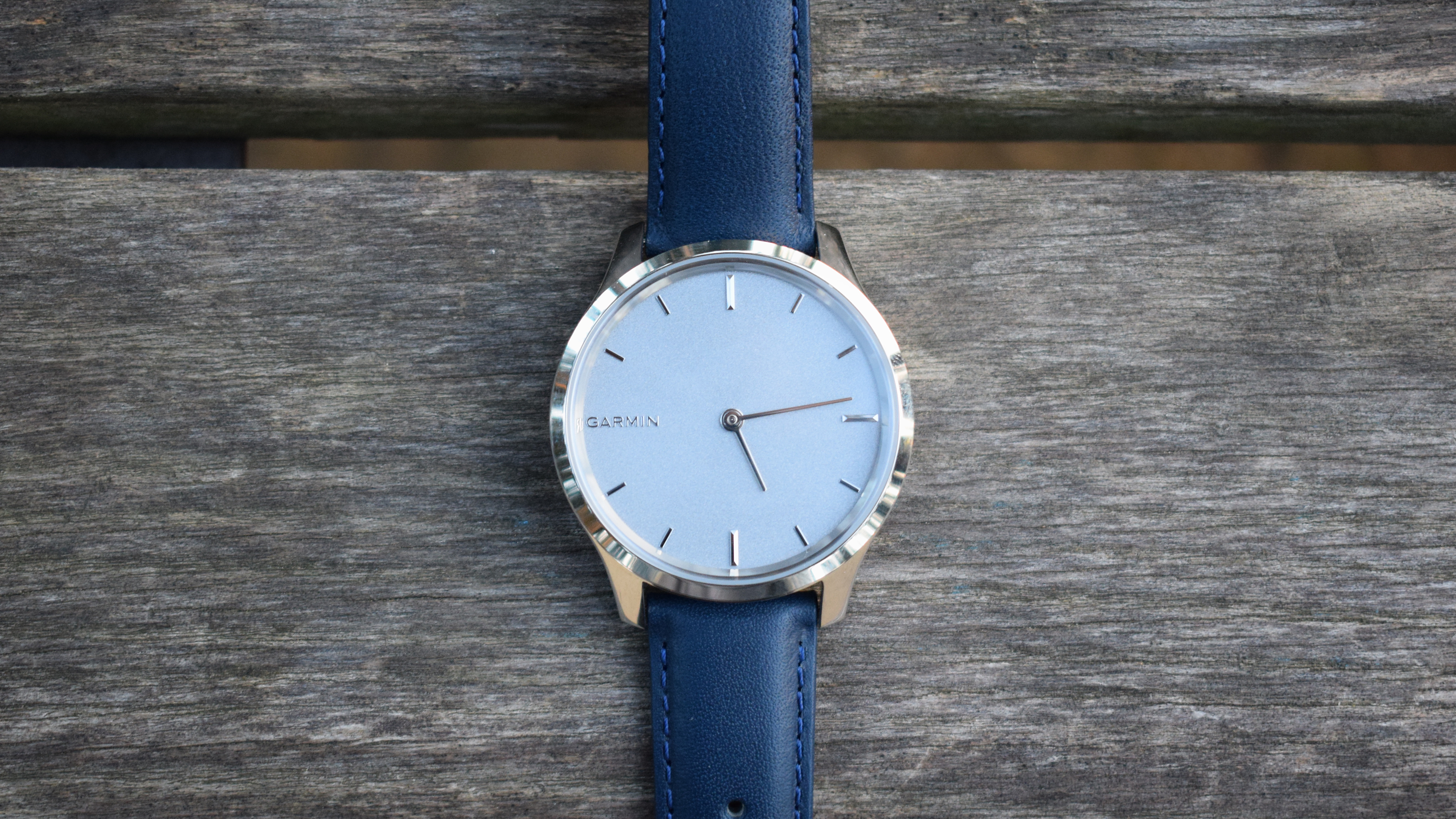
Verdict
Although it lacks pedigree in the luxury watch space, Garmin has managed to make something that feels very stylish.
But the company has overcooked it, throwing too many ideas at the wall at once, resulting in a wearable that lacks direction; not quite luxe enough to compete with the big names, but lacking some of the features of cheaper, more focused Garmin watches. As such it's hard to recommend for most buyers.
First reviewed: February 2020
- 1
- 2
Current page: Features, health, battery life and verdict
Prev Page Introduction, design and displayHugh Langley is the ex-News Editor of TechRadar. He had written for many magazines and websites including Business Insider, The Telegraph, IGN, Gizmodo, Entrepreneur Magazine, WIRED (UK), TrustedReviews, Business Insider Australia, Business Insider India, Business Insider Singapore, Wareable, The Ambient and more.
Hugh is now a correspondent at Business Insider covering Google and Alphabet, and has the unfortunate distinction of accidentally linking the TechRadar homepage to a rival publication.
